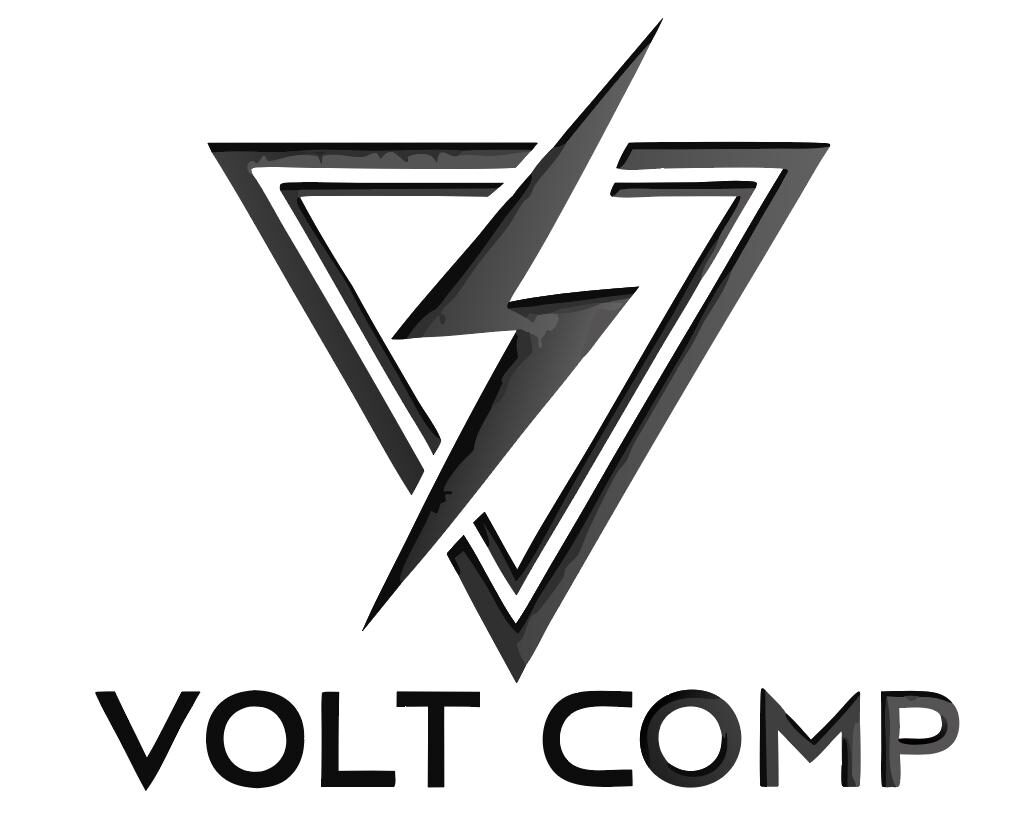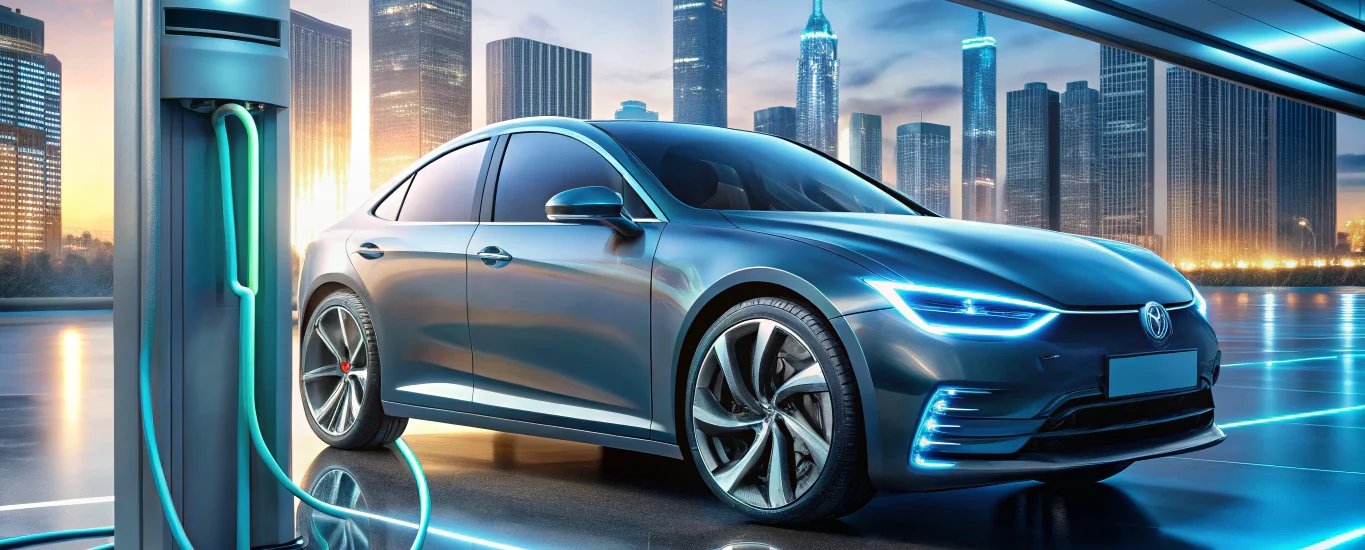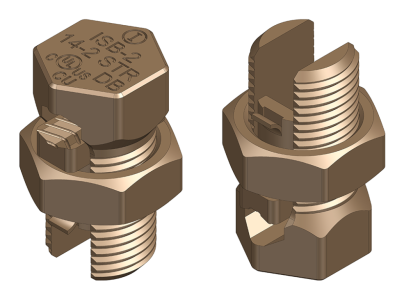Imagine a world where charging your electric vehicle (EV) is as quick and seamless as filling up a gas tank. As we edge closer to 2025, with the International Energy Agency (IEA) predicting a staggering 30 million EVs on the road, the demand for efficient EV charging stations is skyrocketing. This surge, marking a 25% year-over-year increase, highlights the critical role of ultra-fast charging technologies. These innovations not only enhance the driving experience but also pave the way for a robust EV infrastructure. IEA Global EV Outlook 2025.
The Evolving Landscape of EV Charging
The EV charging industry is in the midst of a transformation, with public charging infrastructure expanding at an unprecedented rate. In 2024 alone, 1.3 million public chargers were added, bringing the global total to 4 million. Standards like CCS, CHAdeMO, and GB/T are setting the pace, with DC fast chargers delivering power from 50 to 350 kW, and high-power chargers (HPC) pushing beyond 350 kW.
Innovations Shaping the Future
Liquid-Cooled, High-Current Connectors: A Cool Solution
One of the most exciting developments is the advent of liquid-cooled, high-current connectors. Traditional cables can heat up to over 200 °C, but with liquid cooling, temperatures stay comfortably below 50 K above ambient. This breakthrough allows for reliable charging at 500 kW and beyond. Volt Comp’s copper tubular cable terminals are at the heart of these advancements, ensuring efficient thermal management. CPC’s liquid-cooling overview.
Vehicle-to-Grid (V2G) Technology: Powering the Grid
V2G technology is changing the game by allowing EVs to interact dynamically with the grid. By adhering to ISO 15118 standards and using smart energy management systems, vehicles can both draw from and supply energy to the grid. Noteworthy examples include the Ford F-150 Lightning and Denmark’s integration of the Nissan Leaf with wind energy. Volt Comp’s earthing and lightning protection systems are essential for safe and effective V2G operations. EVConnect’s V2G insights.
Modular Compact Charging Kiosks: Efficiency Meets Design
Charging station design is also evolving, with modular compact kiosks reducing installation time by 30% and cutting costs by 20%. Innovations like Electrify America’s Power Farm™ and Tesla’s Megacharger pods showcase the efficiency and scalability of these designs. Volt Comp offers expert consultation services to help implement these cutting-edge solutions.
Find out more about Electrify America’s charge guide. Learn about Volt Comp’s consultation services.
Insights from Industry Leaders
A representative from IONITY underscores the importance of network reliability and high-power scalability. Volt Comp is at the forefront of this dialogue, discussing the use of copper alloys with silver/nickel plating, which endure over 10,000 cycles at 500 A with minimal resistance increase. This expertise is vital for developing robust EV connectors. IONITY press release on high-power charging reliability.
Practical Tips for Charging Network Operators
For network operators, choosing the right connectors is crucial. Aligning connector specifications, such as current capacity and plating, with site power ratings and usage profiles ensures optimal performance. The GRIDSERVE pilot project, featuring 118 chargers at 350 kW with less than 2% failure over 50,000 cycles, sets a benchmark for reliability. For mid-tier sites, consider 150 kW EV charger configurations.
Learn more about the GRIDSERVE milestone.
A Bright Future for EV Charging
The future of EV charging is indeed promising, with innovations like liquid-cooled connectors, V2G technology, and modular kiosks leading the charge. These advancements are strategically important for the growth of EV infrastructure. We invite you to explore Volt Comp’s high-power connector solutions and request a consultation to stay ahead in this dynamic industry.





